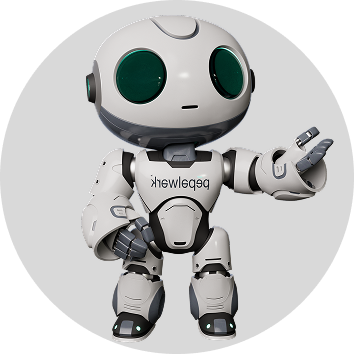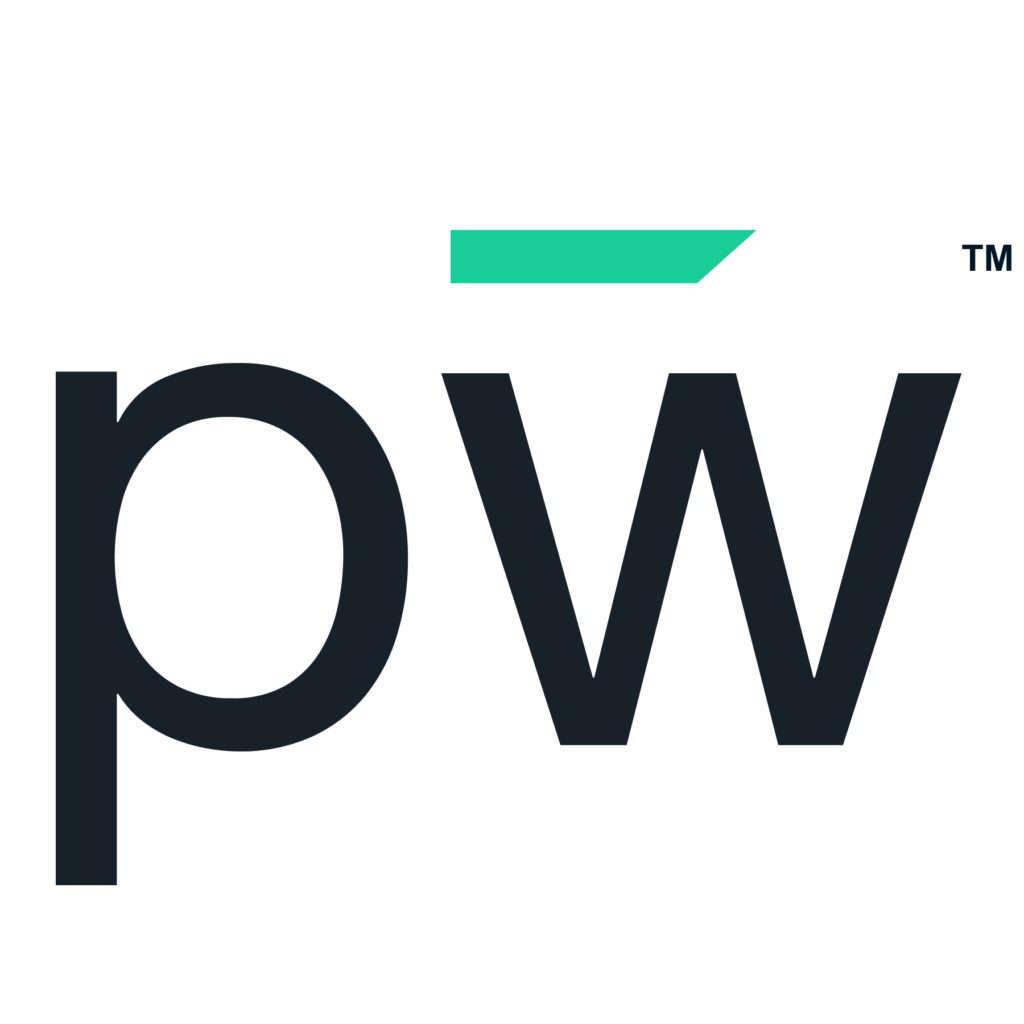The current system is failing to prepare high school students to be career-ready, creating a perfect storm of risk for the future of work. The current path from high school to a career is volatile and turbulent, and there are various drivers behind it. The career readiness of high school students is insufficient and inadequate, requiring action from all stakeholders to curb the tide.
The landscape is flush with waves of red tape, making transformation harder and impacting the entire ecosystem: students, educators, career services professionals and employers.
How can we all work together to change the dynamic?
High school isn’t preparing students for the future.
The opinion that high schoolers are ill-prepared for college and work is gaining lots of traction. It’s become even more evident post-pandemic, and there’s plenty of data to support it. A poll revealed that only 7% of adults and 30% of students thought that high school prepared students for future success.
The Hechinger Report, a news organization covering innovation and education inequality, concluded that most students beginning a two- or four-year degree aren’t ready to study. Additionally, a study found that 65% of two-year college students had to take at least one remedial course to level up.
Those transitioning straight into a job from high school aren’t faring any better. After years of remote learning, students feel disconnected and woefully unprepared. A survey found that many don’t think what they’ve learned in high school will translate to the real world.
The pandemic highlighted these problems, but they have been long growing and emerging, with regulations hampering teaching.
Needless red tape hinders teachers.
Teachers face many difficulties in the classroom, including hundreds of rules and regulations, which are getting worse and more complicated. The most concerning is career readiness for high school students, which includes testing requirements, curriculum mandates and lack of autonomy to tailor learning to real life.
Instead of being able to be resourceful, creative and inclusive, teachers must abide by the red tape, and the result is the education system producing people with very few in-demand skills.
Then, there are the funding obstacles. Public school funding isn’t delivering equality. Rather, the lack of funding impacts those who need it most: low-income students.
Grants could help close this gap, but obtaining these grants is time-consuming and overly complex. It takes a substantial amount of time and specific expertise to develop a grant proposal. If schools do earn a grant, it can take up to three years to receive it.
Government agencies are aware of these gaps, but red tape ensures that change is slow. One bright spot is House Bill 3, which focuses on college and career readiness programs.
Check out the video below for more insights on how the government impacts the future of students.
Despite red tape and bureaucracy hindering the education system in the country, there are ways for career services and employers to address the problems.
Get high school students ready for the future ahead.
Students have more options for careers now than they did decades ago. They can pursue a traditional degree, get technical certifications, go into a trade or learn skills through work experience. Before they take one of those paths, they’ll need a foundation of “readiness” that is more about practical and transferable skills. They can then build on top of those skills when they choose the right career for them.
Career readiness should begin before high school with a bigger emphasis on career exploration programs and counseling. By starting to think about their future careers early, students can identify areas of interest and then determine what skills they need to acquire those jobs. A system like this would benefit from a partnership between public schools and employers.
Employers hiring the next-generation workforce can inform career services of the in-demand skills they seek that will be critical for the future of work. Ideally, this would influence the curriculum. Working together can help end this cycle of students being skills-deficient once they graduate.
Another key component to weathering the red tape of career readiness is a technology that supports the entire ecosystem: students, educators, career services and employers. The pepelwerk platform is making strides by redefining the path from learning to working by leveraging artificial intelligence to match a person’s skills with a job. It also includes unique tools for assessments, job exploration and more.
Discover how it works, and join the movement to get students career-ready by attending one of our events.










